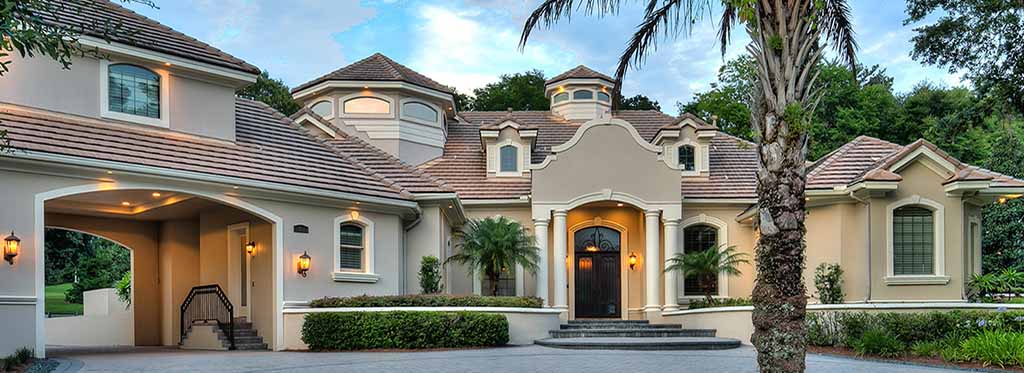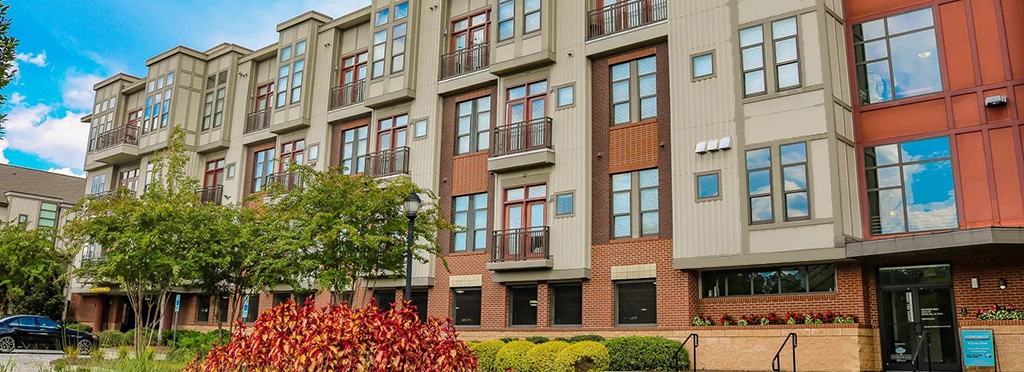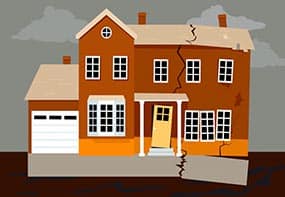We perform the California state mandated inspection of balconies, stairs, and certain other elevated components required by SB-326/AB-2114 for condominium projects, and SB-721 for multifamily residential buildings. These bills are in response to the 2015 Berkeley balcony collapse that resulted due to decayed wood framing members. The collapse killed six adults on the balcony and injured seven others. BOATWRIGHT is available to answer your questions about the laws and walk you through the requirements of the compulsory inspection programs.
What Buildings Must Comply?
All condominium projects with elevated exterior elements (“EEE”). Any multifamily residential building with EEE that has three or more dwelling units. EEE are defined as:
- Balconies, decks, porches, stairways, walkways, and entry structures that extend beyond the exterior walls of the building and that rely in whole or in substantial part on wood or wood-based products for structural support or stability; and
- A walking surface that is elevated more than 6′ above the ground level; and
- Balconies designed for human occupancy or use.
Who is Authorized to Provide the Assessment?
For condominium projects, the required inspection must be performed by a California licensed Civil Engineer, Structural Engineer, or Architect. It cannot be provided by a non-licensed coworker of the licensee.
For multifamily residential buildings, the required inspection must be performed by a California licensed Civil Engineer, Structural Engineer, Architect, or a building contractor holding any or all of the “A,” “B,” or “C-5” license classifications issued by the California State License Board, with a minimum of five years’ experience, as a holder of the aforementioned classifications or licenses, in constructing multistory wood frame buildings; or an individual certified as a building inspector or building official from a recognized state, national, or international association, as determined by the local jurisdiction.
What are the Inspection Requirements?
Condominium projects require that a sufficient number of EEE be inspected to provide 95% confidence that the results from the sample are reflective of the whole, with a margin of error of no greater than +/- 5%. What does this mean? For example, condominium projects with 1-20 balconies would require all 20 be assessed to achieve the required confidence level, a condominium project with 40 balconies would require 37 be inspected, and a project with 100 balconies would require 80 be examined.
Multifamily residential buildings require at least 15% of each type of EEE be assessed.
The assessment, at a minimum, must include and address the following as of the date of the evaluation:
- The identification of and current condition of exterior elevated elements and any associated waterproofing element(s).
- The identification of each exterior elevated element or associated waterproofing element(s) that if found defective, decayed, or deteriorated to the extent that it does not meet design load requirements, would, in the opinion of the inspector, constitute a threat to occupant health or safety.
- Expectations of future element performance and projected service life.
- Recommendations for any further necessary inspection.
- Recommendations for any necessary repair or replacement.
The Written Report
Our report meets or exceeds the requirements of SB-326/AB-2114 and SB-721 and is stamped and signed by a California licensed Civil Engineer. It includes photographic documentation, any test results, and a narrative establishing a baseline of the condition of the components inspected that can be compared to the results of any subsequent inspections. The report also advises which, if any, EEE pose an immediate threat to the health or safety of the occupants and whether preventing occupant access or conducting emergency repairs, including shoring, is necessary.
Who is Responsible for Compliance?
For condominium projects, the HOA is responsible for compliance. For multifamily residential buildings, the building owner is responsible for compliance. The responsible party must pay the cost of inspections, and for repair work of any elevated component determined deficient.
Can Cities Pass a More Stringent Law?
Yes. The governing body of any city or county may adopt ordinances or regulations imposing requirements greater than those enacted by SB-326/AB2114 or SB-721.






 Condominium conversion laws require an unbiased evaluation of a development’s main components and systems, with a report of findings prepared by a licensed civil engineer or licensed architect¹. Our condo conversion inspections meet these regulations. We verify existing condition and compliance with minimum standards at the project common areas and dwelling units, and issue a written report of our findings, prepared by a registered civil engineer, that also provides an estimate of remaining useful life. Governing bodies typically require the following systems and components be evaluated for condominium conversions:
Condominium conversion laws require an unbiased evaluation of a development’s main components and systems, with a report of findings prepared by a licensed civil engineer or licensed architect¹. Our condo conversion inspections meet these regulations. We verify existing condition and compliance with minimum standards at the project common areas and dwelling units, and issue a written report of our findings, prepared by a registered civil engineer, that also provides an estimate of remaining useful life. Governing bodies typically require the following systems and components be evaluated for condominium conversions:  The Property Condition Assessment (PCA) is an evaluation of a commercial property conducted in accordance with ASTM Standard E 2018-08, “Standard Guide for Property Condition Assessments: Baseline Property Condition Assessment Process”. The PCA identifies the presence of physical deficiencies of a property’s systems, components or equipment. Defects that may be remedied with routine maintenance or minor repairs are excluded.
The Property Condition Assessment (PCA) is an evaluation of a commercial property conducted in accordance with ASTM Standard E 2018-08, “Standard Guide for Property Condition Assessments: Baseline Property Condition Assessment Process”. The PCA identifies the presence of physical deficiencies of a property’s systems, components or equipment. Defects that may be remedied with routine maintenance or minor repairs are excluded. 
